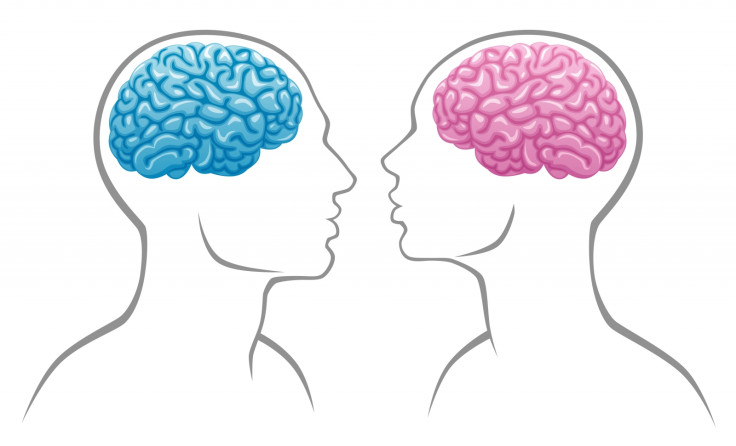Why are painkillers more effective for men than women? Brain cells may provide answer
Scientists have found that differences in microglia activation may be to blame.

Some brain cells involved in pain processing are more activated in women than in men, potentially providing an explanation as to why opioid pain killers are often less effective for them.
In the last two decades, there has been a lot of scientific interest in investigating sex differences pain and analgesia and uncovering why women seem to experience greater pain sensitivity.
Although this may be due to social conditioning and psychosocial factors, experiments conducted in the lab have demonstrated that biological mechanisms also underlie these sex differences.
One area of research has focused on hormones, suggesting that sexual hormones influence sensitivity to pain as women appear to have different tolerance to pain depending on where they are at in their menstrual cycle. Brain imaging studies have also shown different responses to pain.
When it comes to studies looking at people's response to painkillers, the results are more inconsistent, but both preclinical and clinical studies have suggested that women often need twice as much morphine as men to experience the same pain-relieving effects.
The study now published in the Journal of Neurosciences adds to this body of knowledge, looking at male and female brain to understand specifically why morphine, one of the most commonly prescribed painkillers, works differently depending on people's sex.
A look at microglia
The scientists, from Georgia State University, decided to study microglia, the brain's resident immune cells, because of their involvement in pain processing.
Microglia act as the main form of active immune defence in the central nervous system and participates in the body's response to morphine. The scientists hypothesised that women may need to take higher dose of morphine because of differences in microglia activation, compared with men.
To test the role of these immune cells, they gave male and female rats a drug which inhibited the activation of microglia. They found that when these brain cells were blocked, the response of female rats to the painkiller greatly improved and matched the levels of pain relief seen in males.

These findings suggest that microglia are more active in brain regions involved in pain processing and this may explain why women respond differently to morphine. Furthermore, this phenomenon may contribute to why the incidence rates for various chronic pain syndromes are significantly higher in females than males.
The study was only conducted in rats, so it remains to be seen how applicable the results are to humans and whether microglia activation explains underlie responses to other types of painkillers than morphine.
However, the scientists are hopeful that their study will lead to more research being conducted to find painkillers more adapted to women.
"The results of the study have important implications for the treatment of pain, and suggests that microglia may be an important drug target to improve opioid pain relief in women," concluded Dr. Anne Murphy, co-author on the study and associate professor in the Neuroscience Institute at Georgia State.
© Copyright IBTimes 2025. All rights reserved.





















